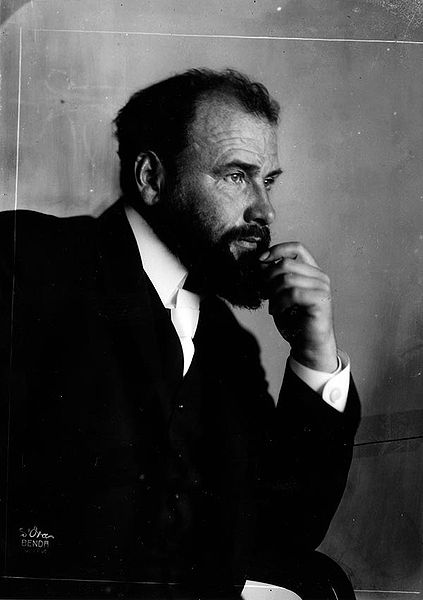
Gustav Klimt (July 14, 1862 – February 6, 1918) is a well-known Austrian symbolist painter. He was one of the founders and representatives of the Vienna Secession.
Life
- Gustav Klimt was born in Vienna in 1862 and was born in the middle and lower classes in Moravia. Klimt’s father Ernst Klimt the Elder was a gold engraver. Klimt has two younger brothers who are also talented in art, they are Ernst Klimt and Georg Klimt.
- From 1876 to 1883, Klimt studied at the Vienna School of Arts and Crafts (Kunstgewerbeschule). He revered the foremost history painter of the time, Hans Makart.
- In 1877, Gustav’s brother Ernst, who would become an engraver just like their father, also enrolled in this school. They began to work together with their friend Franz Matsch. By 1880, this team of three had received numerous commissions and they claim to be “Company of Artists”. They even helped their teacher painting murals in the Kunsthistorisches Museum. After school life, they formally founded a studio that specialized in interior decoration.
- In 1886, they were asked to decorate the Viennese Burgtheater. When the works completed in 1888, they were awarded the Golden Service Cross (Verdienstkreuz). Klimt was commissioned to paint the Auditorium of the Old Burgtheater which then brings him unprecedented fame.
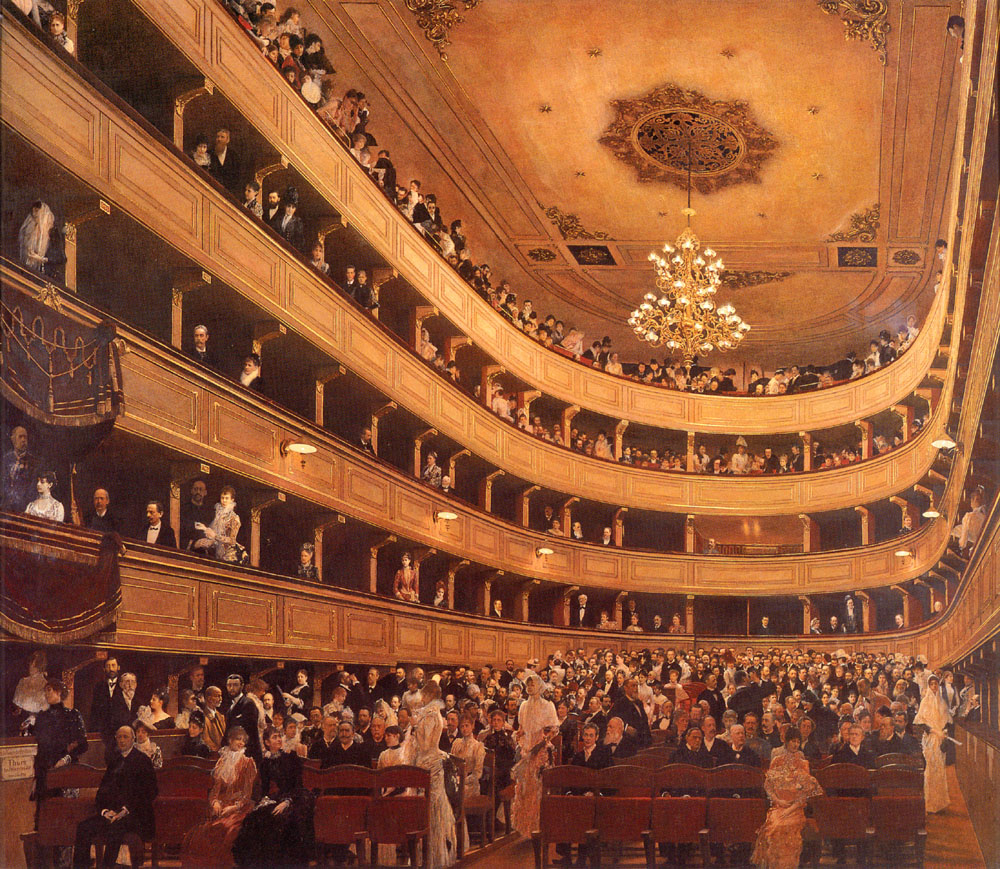
- Unfortunately, however in 1892, Klimt’s brother and father had both died. This seriously influenced his life. He largely reduced public movement and then focused on the analysis of contemporary styles of art, as well as historical styles that were within the establishment, such as Japanese, Chinese, Ancient Egyptian and Mycenaean art.
- In the early 1890s, Klimt met fashion designer Emilie Louise Flöge who was to be his companion until the end of his life.
- In 1897, Klimt and forty other notable Viennese artists resigned from the Academy of Arts. They established the “Union of Austrian Painters” which usually known as the Vienna Secession. Klimt was immediately elected the president.

- In 1902, Klimt finished the Beethoven Frieze for the 14th Vienna Secessionist exhibition.
- In this Klimt’s “Golden Phase”, many of his paintings from this period truly used gold leaf.
- In 1904, Klimt collaborated with other artists on decorating the Palais Stoclet, that this building later became one of the grandest monuments of the Art Nouveau age. The famous Stoclet Frieze, a series of three mosaics, was created at this time.
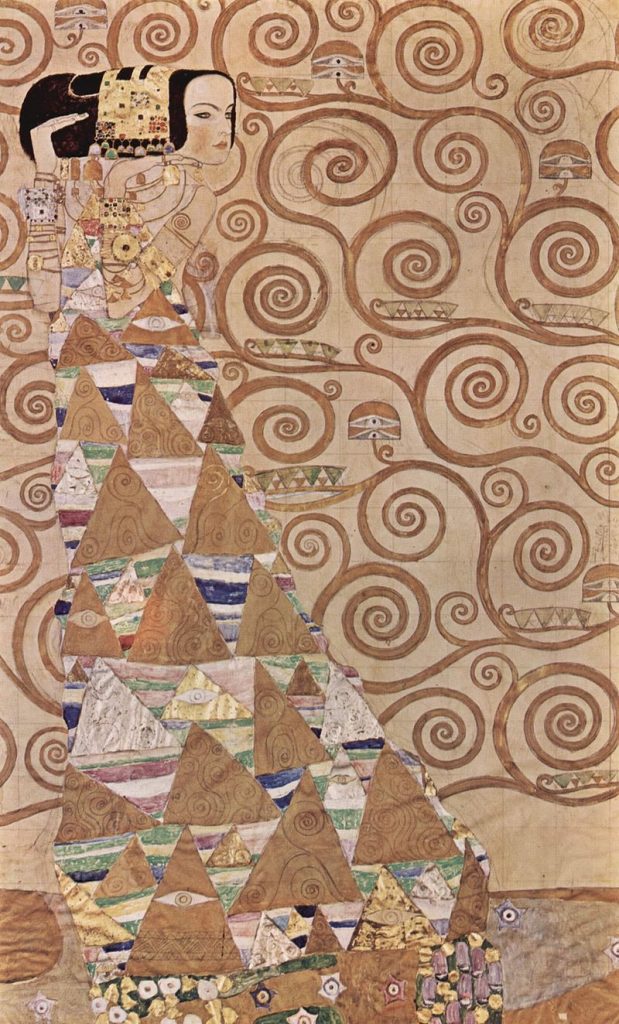
Gustav Klimt, the Expectation, 1909 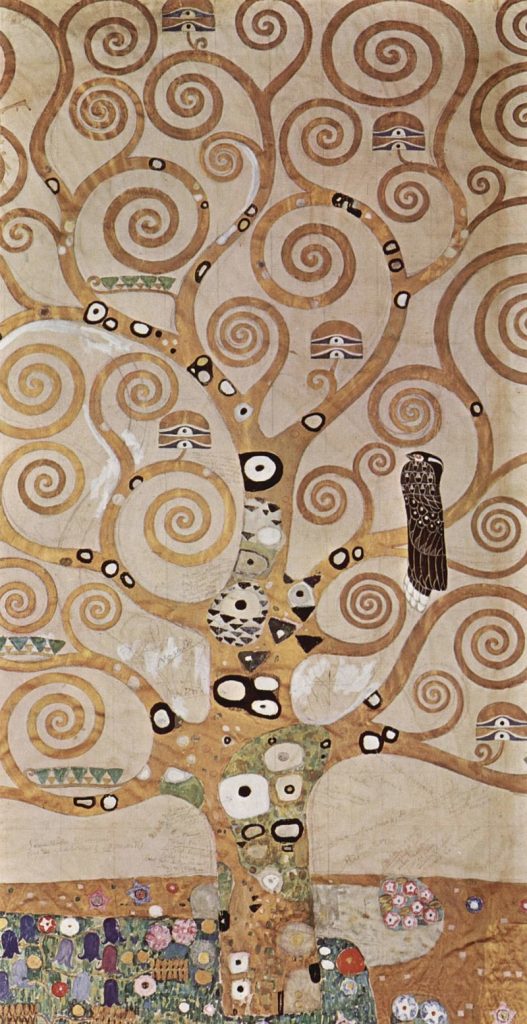
Gustav Klimt, Tree of Life, 1909 
Gustav Klimt, the Embrace, 1910-1911
- By 1910, Klimt had moved past his Golden Style. In 1911, his painting Death and Life received first prize in the world exhibitions in Rome. However, he then changed this work’s background to blue from the initial gold because this made him more satisfied.
- On February 6, 1918, Klimt died in Vienna with having the worldwide influenza epidemic of that year.
Style
At the most beginning, because of the conservative education in the Vienna Kunstgewerbeschule, Klimt’s early style was absolutely traditional and academic. The mentioned Auditorium of the Old Burgtheater is an extreme manifestation of this style. This might also relate to his idol Hans Makart who an academic history painter. In this period, it is obvious to see that Klimt’s works pursued reality and details in the figures and environment.
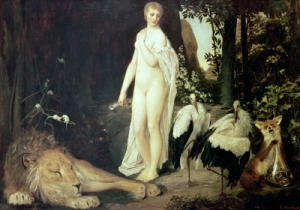
The death of his brother and father was one of the direct reasons for Klimt’s style changing. The sudden tragedy might just hit his cognition and pursuit. After he founded the Secession, this first transformation started to be demonstrated to the world. The feeling of traditions almost disappeared in his pictures.
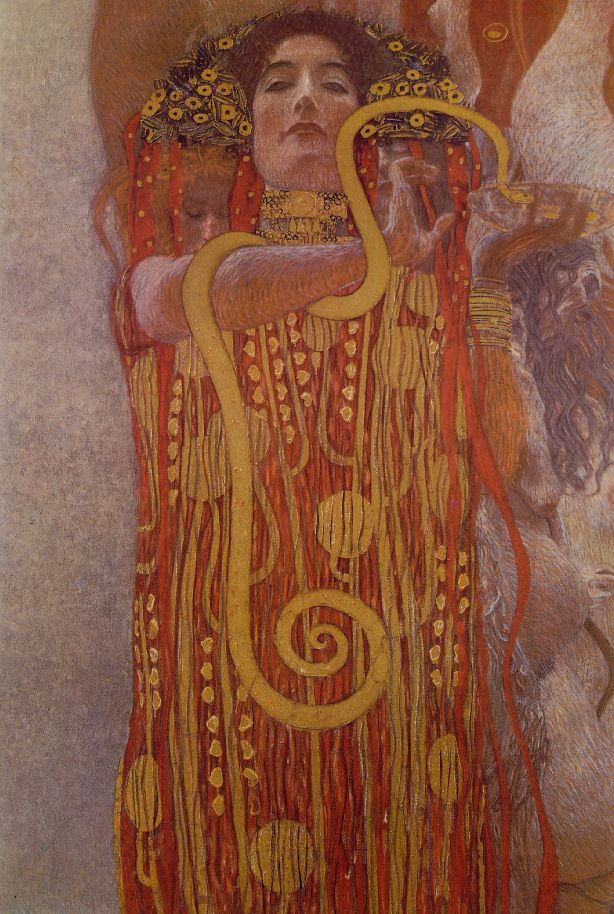
Klimt began to flatten his painting, the shading was largely simplified. The original realistic details are erased and replaced by the purer colour and pattern. The overall version became more distorted but no more the past extremely careful scale and outline. Medicine is one of the works best displays those changes because it was created during this period.
After further development in the next few years, Klimt’s new style became more and more impressing and powerful. Women became an important topic and a lot of costumes were designed in his works.
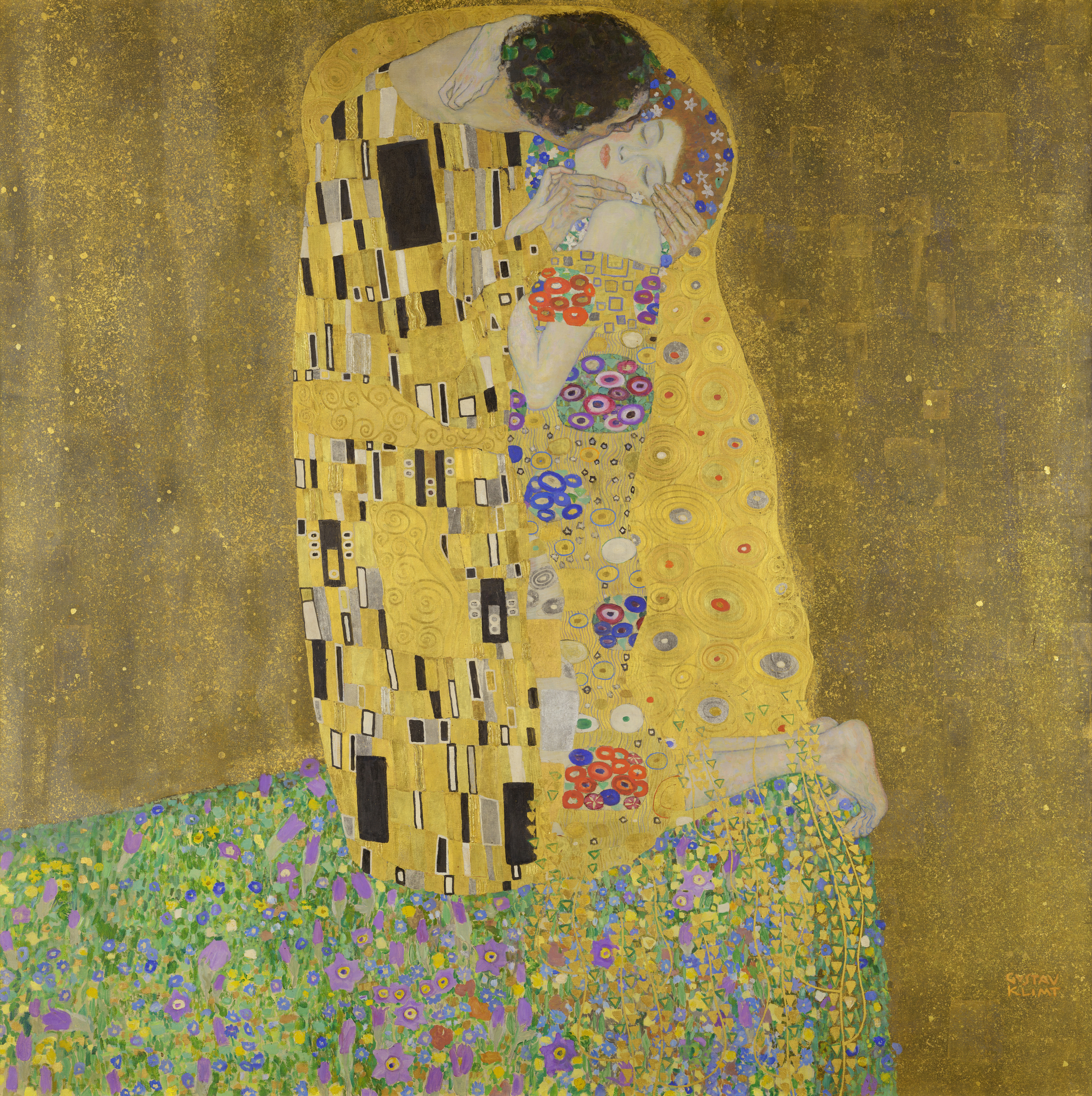
Gold leaf was one of the biggest characteristics of his creation, Klimt used it because he wanted to achieve a planar effect. Klimt even used casein paint on dry plaster, which will make the colours look matt once it dries. By this comparing, the brightness of the gold will be much increased in the audiences’ eyes.

Although the time is not long, at the end of his life, Klimt’s style changed again and his art achievement got a breakthrough. This time he abandoned the appearance of arts but focused more on the deeper interior. Death and Life are the best proof of this development. Klimt removed the showy gold background. The overall version became much more balanced. Each part is more connected.

Personal Opinion
Klimt’s timeline of life is a standard pursuit of many artists. At the most beginning, get the systemic education for the foundation building. Then, developing a self-owned unique style. Finally, before the end, exceed the limitation of himself and get rid of the old method of creation, that truly achieving self-transcendence. I think I like the way how Klimt pursued his life and opposes the stubborn academic arts in Vienna. I also like that he truly tried to use everything in his works. The gold leaf worked very well for the memorable first impression.
References
https://www.gustav-klimt.com/Biography.jsp https://mouseinterrupted.wordpress.com/tag/allegories-and-emblems/ https://en.wikipedia.org/wiki/Gustav_Klimt https://www.wikiart.org/en/gustav-klimt/the-old-burgtheater-1889 https://fr.wikipedia.org/wiki/Frise_Beethoven http://art-klimt.com/biography.html